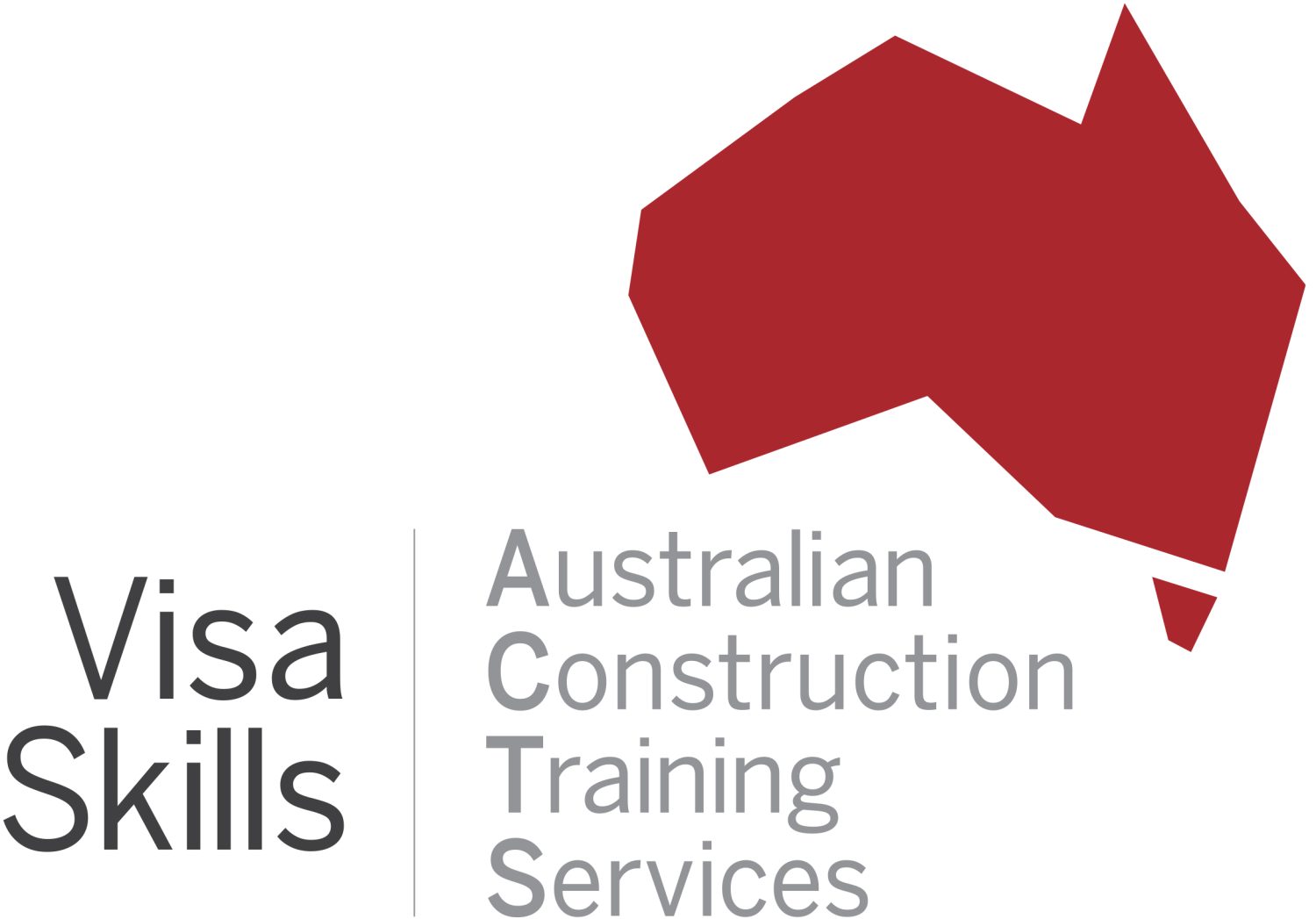Applying for migration is a major life decision—and for many skilled professionals, passing the skills assessment is a critical step in the journey. Whether you are applying for a skilled migration visa to Australia or another country, the skills assessment process is often rigorous, requiring extensive documentation to verify your qualifications, work experience, and other credentials.
One of the most overlooked yet crucial aspects of this process is how well your documents are organised. Properly organised documents not only reduce delays but also demonstrate professionalism, increase your chances of a smooth assessment, and help you respond quickly to any additional requests from the assessing authority.
In this blog, we’ll guide you through a structured approach to organising your documents for faster processing of your skills assessment.
Why Good Document Organisation Matters
Before we jump into the “how,” it’s important to understand the “why.” Here are some key reasons why your document organisation can make or break your assessment timeline:
- Faster Review Time: Assessors can process your application more efficiently if your documents are clearly labelled and easy to find.
- Reduces the Risk of Errors: Misplaced or missing documents can lead to unnecessary delays or rejections.
- Professional Presentation: A well-organised submission reflects positively on your attention to detail and seriousness.
- Easier for You: If there are follow-up questions or requests for further information, having everything in order saves time and stress.
Step-by-Step Guide to Organising Your Documents
1. Understand the Requirements
Start by visiting the official website of your relevant assessing authority. Every profession and country has different requirements. For example:
- Some require certified copies; others accept scanned originals.
- Some want documents arranged by category, others by timeline.
📌 Tip: Download the official checklist from the assessing authority and use it as your master reference.
2. Create a Master Folder Structure
Set up digital folders on your computer (and preferably on the cloud too for backup). Here’s a recommended structure:
Skills Assessment Documents
├── 01_Personal_Identification
│ ├── Passport.pdf
│ ├── Birth_Certificate.pdf
│ └── Name_Change_Affidavit.pdf
├── 02_Educational_Qualifications
│ ├── Bachelors_Degree_Certificate.pdf
│ ├── Transcripts_Bachelors.pdf
│ └── Diploma_Certificate.pdf
├── 03_Employment_Records
│ ├── Experience_Letters/
│ │ ├── Company_A.pdf
│ │ └── Company_B.pdf
│ ├── Payslips/
│ ├── Contracts/
│ └── Reference_Letters/
├── 04_English_Language_Results
│ └── IELTS_Score_Report.pdf
├── 05_Professional_Licences
│ └── Professional_Certifications.pdf
├── 06_Additional_Documents
│ └── Statutory_Declaration_for_Self_Employment.pdf
📌 Tip: Add numbers to folders to maintain order across systems.
3. Name Your Files Clearly and Consistently
Use a clear and consistent naming convention so files are easy to find. Here’s an example format:
DocumentType_FullName_Year.pdf
Examples:
- Passport_JohnDoe_2025.pdf
- BachelorDegree_JohnDoe_2012.pdf
- Payslip_CompanyA_Jan2023.pdf
Avoid vague names like scan1.pdf or doc123.pdf.
4. Ensure All Documents Are Clear and Legible
- Scans must be high-resolution (usually 300 DPI is sufficient).
- Make sure all text is visible, not cut off.
- If a document is in a language other than English, ensure you have a certified translation attached with the original.
📌 Tip: Use PDF format wherever possible. Combine multiple pages into one file using tools like Adobe Acrobat, SmallPDF, or online PDF mergers.
5. Cross-Reference with the Official Checklist
Before you consider your documentation ready, go line-by-line through the official checklist. Verify that:
- Every required document is included.
- Supporting documents (like pay slips, contracts, and reference letters) align with the claimed work experience.
- Translations and certifications are done per requirement.
- All employment dates, job titles, and responsibilities are consistently documented.
6. Include a Document Index or Cover Letter (Optional, but Powerful)
Prepare a short index file or cover letter that outlines what documents are being submitted and in what order. This helps the assessor quickly locate everything they need.
Example:
To Whom It May Concern,
Please find below a list of documents submitted as part of my skills assessment application:
1. Personal ID – Passport (Page 1-2)
2. Bachelor’s Degree Certificate – XYZ University (Page 3)
3. Bachelor’s Transcripts – XYZ University (Pages 4-6)
4. Employment Letter – Company A (Pages 7-8)
5. Payslips – Company A (Pages 9-12)
6. IELTS Score Report (Page 13)
…
Attach this as the first page of your submission (or as a separate file named Document_Index_JohnDoe.pdf).
7. Use Certified Copies Where Required
Many assessing bodies require certified true copies of important documents. These must often be certified by a:
- Notary Public
- Lawyer
- Justice of the Peace
- Or other approved professional
Check your assessing body’s list of acceptable certifiers.
📌 Tip: Never send original documents unless explicitly requested.
8. Keep a Backup
Always maintain copies of:
- The original scanned documents
- The final submitted versions
- Email receipts or confirmation numbers from the submission
Use cloud storage (Google Drive, Dropbox, OneDrive) in addition to local copies for added security.
9. Submit in the Correct Format
Some assessment authorities use online portals, others accept email or postal submissions. Pay close attention to:
- Maximum file size limits
- Accepted formats (usually PDF, sometimes DOC or JPG)
- Whether documents need to be uploaded individually or in a single ZIP/PDF file
10. Be Proactive with Follow-Ups
Even with a perfect submission, some assessors may request clarifications or further evidence. When your documents are well-organised, you’ll be able to respond quickly and accurately.
Final Thoughts
Organising your documents for a skills assessment is not just a bureaucratic task—it’s a strategic one. The time and effort you invest in creating a logical, clean, and professional document package can have a significant impact on the speed and outcome of your application.
Remember: the assessors are human too. Make their job easier, and you’re more likely to have a positive, timely result.
Quick Checklist
✅ Understand the specific document requirements
✅ Create a clear folder structure
✅ Name files consistently and logically
✅ Scan documents in high quality
✅ Translate and certify as required
✅ Cross-check everything with the official checklist
✅ Create a document index or cover letter
✅ Keep backups of everything
✅ Follow submission guidelines carefully

